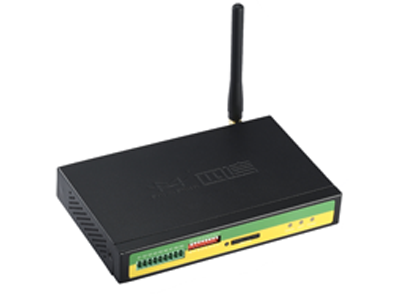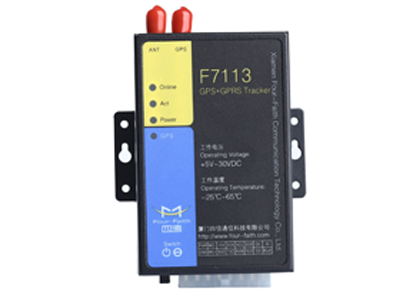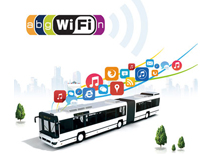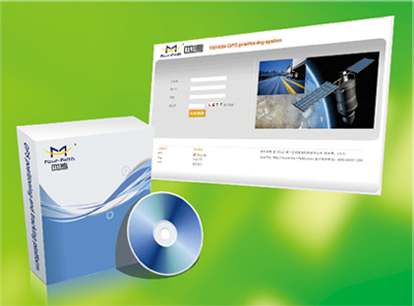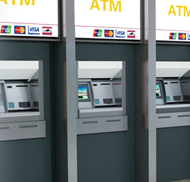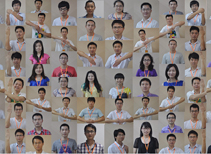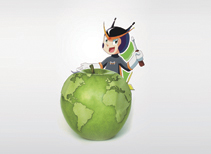
Our world changes at a dramatic speed. In a few years, billions of devices will be connected to the Internet in order to be smarter and more efficient. The Internet of Things and M2M technology are unstoppable: their solutions provide us all with an opportunity to significantly improve the way we do things. In this post, I describe what I consider the top 10 M2M trends that the world will follow in the year 2014.
Consolidation of Smart Metering
The United Kingdom took a huge technological leap forward regarding its energy infrastructure in 2013. The world’s largest machine-to-machine (M2M) contract win to date consists in delivering Smart Metering communications to have over 53 smart meters installed across the country by 2020.
It will not be the only country betting on Smart Metering so decisively. More and more countries will join in during 2014. The leadership shown by the UK Government will lead the country to significant savings for consumers (and therefore, for energy production and distribution), while boosting a cleaner energy.
Popularisation of connected cars
Now that M2M technology is reaching non-professional drivers, it will improve safety and efficiency, and will foster the multimedia experience inside cars. You will receive traffic information, alerts and even the latest reviews of the restaurant you go to in your car’s navigator in real time. If your car suffers a breakdown or an accident, it will automatically send alerts with your position and all the data available to the closest authority.
These technologies are currently available in premium models such as the Tesla-S, but we will see them in many mid-range cars during 2014.
Transport Management extends
Connected vehicles are becoming ever more common for professional segments. M2M technology enables Transport Management thanks to the processing of all the data transmitted by the vehicles (such as acceleration, distance, type of road, braking, impacts, real-time vehicle location, fuel consumption) in order to save time and money, and provide a better service. It is proven that owners who actively manage their fleet save around 15-20% in costs.
Many vehicle companies and those that require asset tracking currently enjoy these solutions. Those that do not apply Transport Management solutions are at a clear disadvantage, so the year 2014 will bring them the opportunity to avoid lagging behind.
Consumer electronics for everybody
Currently, M2M is no longer seen just as a technology targeted mainly at businesses or public organisations, as it was in the past. It is present in Smart Home solutions and all kinds of gadgets for fitness, tracking your own goods and assets, or simply entertainment. However, it is still not very extended for mid-market consumers.
New technologies for consumers will arrive and the M2M ecosystem will evolve. As a result, devices and gadgets (not only tablets, readers, etc., but also watches and all kinds of “wearables”) will be more extended and more affordable for everyone.
Insurance Telematics strikes more
Insurance Telematics enables insurance companies to know how their customers drive and thus offer significantly better insurance premiums to low risk drivers. M2M sensors monitor driving parameters in real time. This way, companies can reduce operating costs, decrease fraud, increase loyalty and differentiate from others in a highly competitive market. On the other side, customers can save money because insurance companies often reward them with special discounts for responsible drivers. But most importantly, they increase their safety by improving their driving style.
There are currently solutions deployed by TEF in Germany and Spain, and open possibilities in other countries like the UK and Brazil. Next year, new companies and drivers will join in and will benefit from this revolution in the insurance world, as insurance companies need to look for differentiation by segmenting customers according to real risk instead of demographics.
Ecosystems evolve
Ecosystem economies have given decisive competitive advantages in digital revolutions such as those of smartphones. Companies learn to use ecosystem principles to open entire new markets, like Apple and Google have done with Apps.
M2M markets are at a tipping point similar to smartphones in 2008. By empowering third-party developers to experiment, more value will be created and new users will be attracted. Although the exact successful ecosystem model for M2M is still unclear, we will see companies trying to position themselves in this sense and start applying ecosystem principles.
Big Data, big benefits
We live in the information age - the age where the information produced in one year is larger than the information previously produced throughout the history of mankind. Big Data is trying to obtain trends and patterns in order to exploit information and M2M technology, and is becoming a key source in many sectors.
Companies are realising that the combination of M2M technology and Big Data delivers extraordinary benefits. We will see more companies sharing this effective approach.
Urban Labs spread
At Telefónica, we have described urban labs as real spaces where innovative projects can be tested in urban environments. They can bring real benefits to the citizens of a certain town by enhancing their lives in areas such as urban development, mobility, tourism or education. They help smart cities projects by facilitating and speeding them up.
As the global economy is recovering, there will be a renewed interest of city governments and other institutions to invest in these technological initiatives, such as the city of Santander [Spain] is doing right now: Santander already has more than 12,000 sensors that are improving the lives of its citizens and the efficiency of city processes. The benefits are clearer every day, considering that smart cities help save time and money in many areas, becoming cost-effective initiatives.
Certifications and standards
As new M2M technologies are born and implemented, new devices require being able to interoperate and understand the “language” of others. Technology needs standards. Institutions like the PTCRB –the wireless device certification forum by North American Mobile Network Operators– and the Global Certification Forum (GCF) work to guarantee technology performance.
Certification programmes also imply a great effort in this regard. Customers will find that any reliable M2M solution requires the proper certifications to work adequately. Companies should always meet this need in order to keep their trust.
At Telefónica, we are part of the M2M World Alliance, which aims to simplify and promote the adoption of M2M communications worldwide by giving our customers the ability to operate connected devices globally at a reduced cost.
M2M will open with hardware
We are accustomed to hearing the term “Open Software” and its implications. The open source-hardware concept is not so extended, but it is becoming popular in M2M. It applies a similar Free and Open Source Software (FOSS) approach to components. These platforms seek to make the use of electronics in multidisciplinary projects more accessible. Some can sense the environment by receiving input from a variety of sensors and can affect their surroundings by controlling lights, motors, and other actuators.
2014 is set to be an exciting year full of surprises for M2M as we progressively see an effective transformation of value chains. As M2M continues to push the envelope, we will be able to do things more efficiently and see our world in a different way. We are looking forward to seeing the next step in its evolution.



